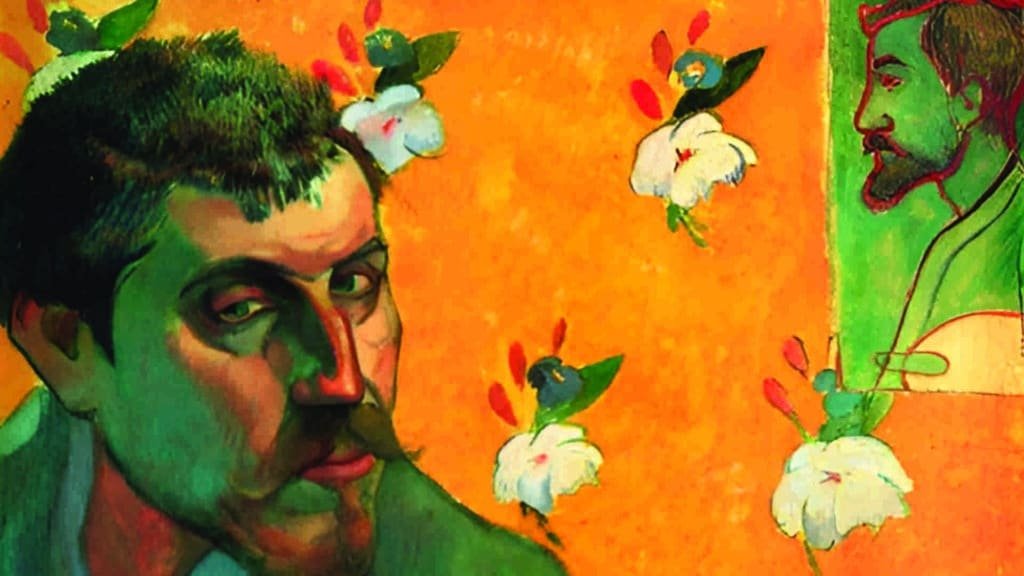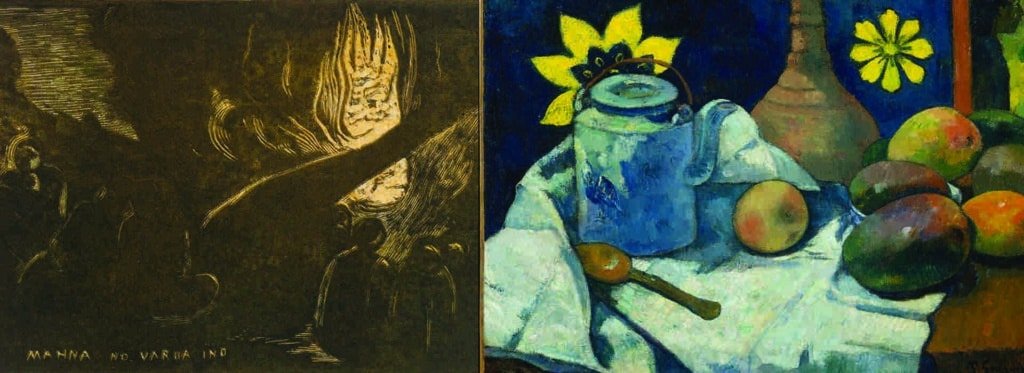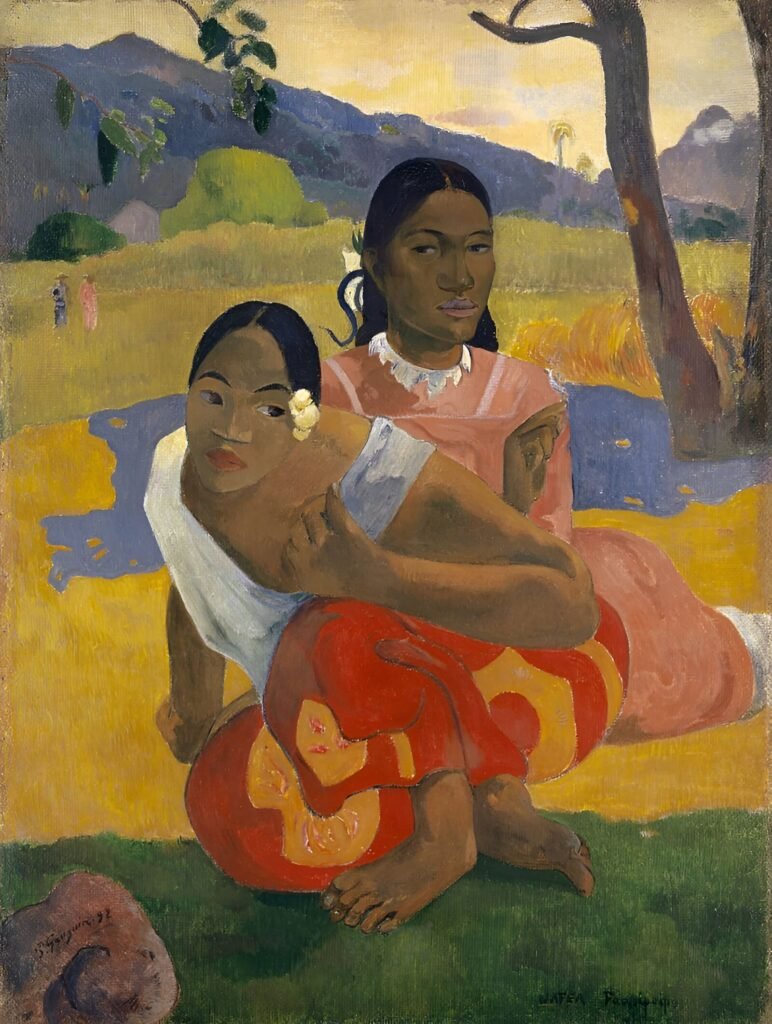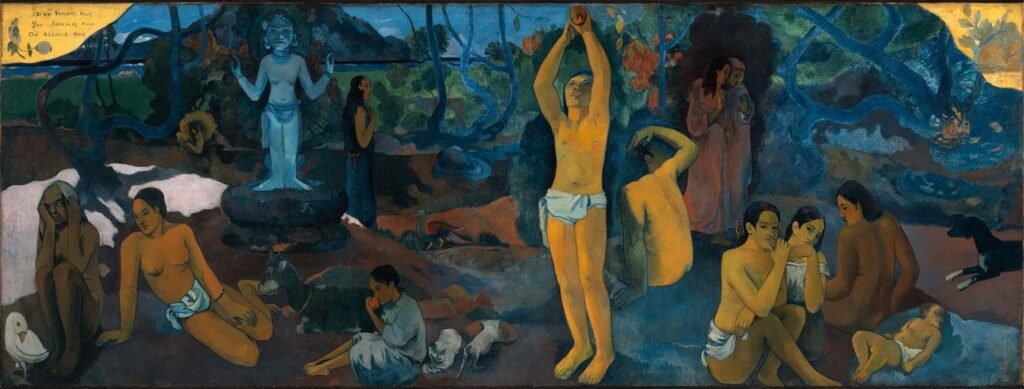PAUL GAUGUIN - THE WILD MAN OF ART

In the annals of art history, few figures loom as large or enigmatic as Paul Gauguin. A man who defied convention and challenged the very foundations of artistic expression, Gauguin’s journey from Parisian stockbroker to avant-garde luminary is a testament to the transformative power of creative vision and philosophical inquiry.
THE METAMORPHOSIS: FROM FINANCER TO ICONOCLAST
Gauguin’s mid-life transformation from a denizen of the financial world to an artistic revolutionary serves as a poignant reminder of the latent potential that resides within us all. At the age of 35, when most men of his era were settling into the comfortable routines of bourgeois life, Gauguin embarked on a radical quest for authenticity and artistic truth. This pivotal decision raises profound questions about the nature of vocation, the courage required to pursue one’s true calling, and the societal constraints that often impede such transformative journeys.

THE DICHOTOMY OF THE SAVAGE GENIUS
Gauguin’s self-styled persona as a “savage” artist is a fascinating study in duality and the construction of artistic identity. On one hand, he presented himself as a wolfish wild man, untamed by the conventions of civilized society. On the other, he cultivated the image of a sensitive martyr, sacrificing all for the sake of his art. This deliberate dichotomy invites us to ponder the nature of authenticity in art and life. Was Gauguin’s “savage” persona a genuine expression of his inner self, or a calculated performance designed to captivate the Parisian avant-garde? Perhaps it was both – a complex interplay between genuine artistic exploration and savvy self-promotion.
CHROMATIC LIBERATION AND FORMAL SUBVERSION

Gauguin’s artistic innovations were nothing short of revolutionary. By liberating color from its mimetic function and distorting form for expressive purposes, he challenged the very foundations of representational art. This radical approach forces us to confront fundamental questions about the nature of reality and perception. If art need not faithfully reproduce the visible world, what deeper truths might it reveal? Gauguin’s work suggests that by transcending the limitations of visual reality, art can access realms of emotion, spirituality, and the subconscious that lie beyond the reach of mere representation.
THE PARADOX OF PRIMITIVISM
Gauguin’s quest for an “edenic paradise” and “pure, primitive art” in Tahiti and the Marquesas Islands is fraught with philosophical complexities. His pursuit of a pre-industrial utopia can be seen as a critique of Western modernity and its alienating effects. Yet, it also raises uncomfortable questions about cultural appropriation and the romanticization of non-Western societies. Gauguin’s work invites us to grapple with the tension between the desire for cultural authenticity and the impossibility of truly escaping one’s own cultural context.
SYNTHESIS AND TRANSASCENDENCE
Perhaps Gauguin’s greatest philosophical contribution lies in his synthetic approach to art. By blending Western artistic traditions with Eastern influences and Polynesian culture, he created a visual language that transcended cultural boundaries.
THE ETERNAL QUEST

Gauguin’s magnum opus, “Where Do We Come From? What Are We? Where Are We Going?”, encapsulates the philosophical thrust of his entire oeuvre. These fundamental questions of human existence, rendered in vibrant color and enigmatic symbolism, continue to resonate with viewers more than a century later. In posing these questions through his art, Gauguin reminds us that the role of the artist is not merely to decorate or entertain, but to probe the deepest mysteries of the human condition.
LEGACY OF A VISIONARY
As we contemplate Gauguin’s complex legacy, we are confronted with the realization that true artistic innovation often comes at a great personal cost. His life and work challenge us to consider the price of vision, the nature of artistic responsibility, and the potential of art to transform not only the way we see, but the way we think and feel.
In the end, Gauguin’s oeuvre stands as a testament to the power of art to transcend the boundaries of time, culture, and convention. It invites us to see the world anew, to question our assumptions, and to embark on our own quests for meaning and authenticity in an often bewildering world.
